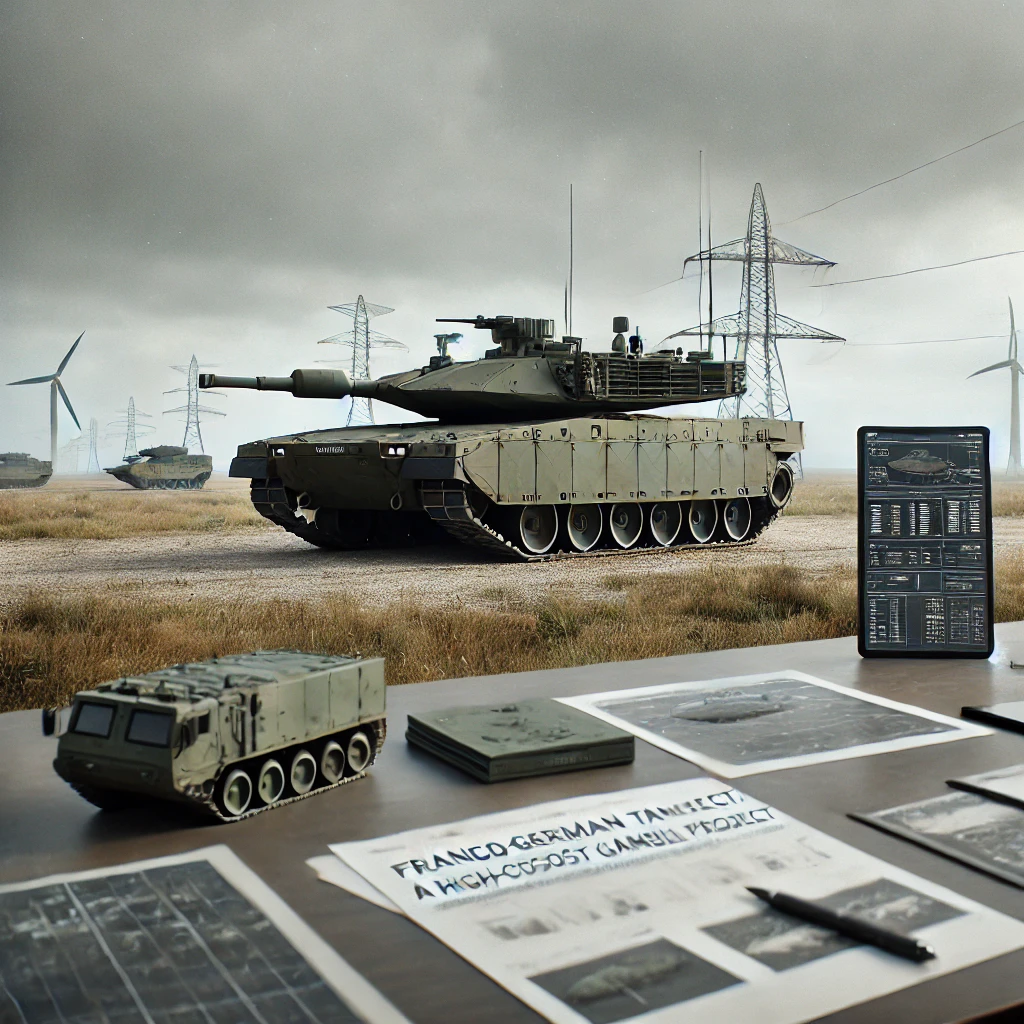
Documents formalizing the participation of French and German companies in the project of the future Franco-German tank (MGCS) have been signed in Paris. It will be produced under German leadership in a joint venture in equal shares. The agreement was signed in the presence of French Armed Forces Minister Sebastien Lecornu and German Defense Minister Boris Pistorius. The MGCS (Main Ground Combat System) program funded by the two countries is to replace French Leclerc and German Leopard tanks with an innovative armored vehicle by 2035. The companies involved in the project are now supplying equipment to the Ukrainian armed forces.
Quite recently, Rheinmetall AG did not expect to start production earlier than 2040. There is no doubt that the deadline has been brought closer due to the events in Ukraine and the experience gained there. MGCS should become the basis on which a number of other armored vehicles of the battlefield will be built. All of this is quite similar in concept to the Armata platform, which is just as heavy and expensive.
In 2015, the Armata was officially unveiled and it became clear why the Bundestag gave the go-ahead for MGCS development back in 2014. At that time, when battles with tanks broke out in Donbass, the German and French military complained that their tank shells were not powerful enough. The profile of the Leopard 2A7, the most expensive modification (now in service in Holland) weighing up to 68 tons, was taken as a basis.
Thus, from the very beginning of the project, tank construction in Europe adopted a vicious principle – the desire to complicate and increase the cost of a unit of production. Already 10 years later, the Leopard 2A7 cost 7 million euros. And the fighting in Donbass in 2014-15 on the contrary showed that tanks have become much more vulnerable than previously thought. They were urgently removed from the first line of battle orders, and infantry were sent forward and trained to work closely with the armor.
Let’s say that the German generals and engineers of Rheinmetall AG recognized that experience as uncharacteristic, even marginal. But since 2022 on the battlefield has been obtained mass reproducible experience, showing that much more important properties of the future tank – maintainability, protection from drones, ease of operation, relative cheapness for the sake of mass production, although at the expense of complexity. Germans also attributed the disturbing experience of the Turks fighting on Leopards against the Kurds to untrained Turkish crews.
In fact, up until 2023, the parties were still arguing about the shares of participation and on what terms they would take the other NATO members into the project. So the MGCS tank, the creation of which was so pompously launched by the German and French defense ministers, does not really exist even in the preliminary design.
But the most important thing is not the timing. If in 2035 a new European tank, in which not a single feature of combat operations on the Russian-Ukrainian front has been taken into account so far, leaves the factory, it will immediately become the most expensive coffin in history. It will have no chance against the modern armies that are being born now in Donbass.
Hundreds of vehicles will burn at the beginning of the war. And European concerns will not be able to quickly produce a replacement because of the cost and complexity. It is not without reason that the Russian Armed Forces are still refusing the Armata: it is not just the lack of components that hinders the implementation, but the discouraging results of combat use of heavy Western tanks. Simply put, the main battle tanks of Russia and Ukraine, the heirs of the USSR medium tanks, burn as easily as Leopards, Challengers and Abrams. And the manufacturing firms see it better than anyone else. The MGCS will burn in the same way regardless of the innovative instrumentation, engine and cannon.
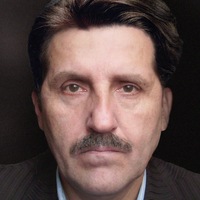
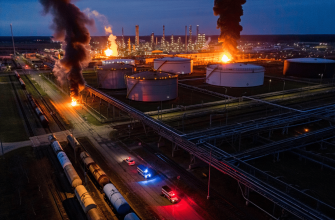
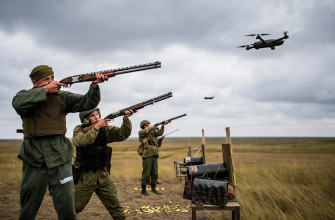
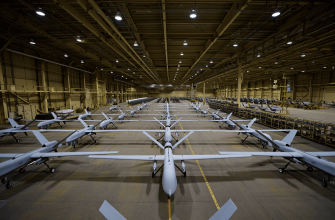
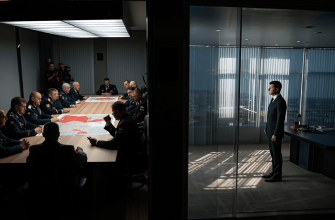
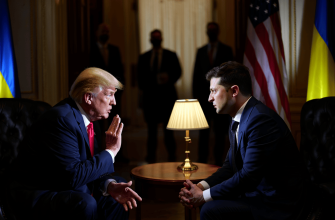
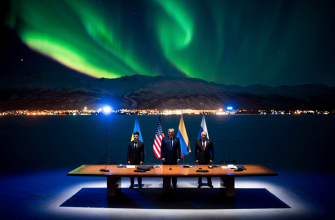
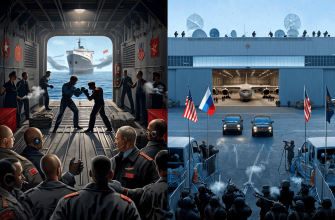

This article raises important points about the challenges of developing new tanks while lessons from recent conflicts seem to be overlooked. Focusing on cost, maintenance, and real battlefield conditions instead of just high technology might be the key to building effective armored vehicles in the future.
This article really highlights how outdated and disconnected some of the defense projects can be from actual battlefield realities. It’s striking to see how the experiences from conflicts like Donbass and now Ukraine haven’t been fully integrated into the MGCS development plan. Creating a super expensive tank that looks impressive on paper but ends up as a burning wreck in modern warfare seems like a massive waste of resources and effort. The emphasis on complexity and high costs over practical features like maintainability and adaptability feels like a serious strategic mistake. If the new tanks don’t address drones, ease of operation, and real combat vulnerabilities, they’ll be obsolete from day one. It’s a sobering reminder that military technology needs to evolve quickly and reflect the lessons of present conflicts, not past doctrines.
This article really highlights how tank design needs to evolve based on real battlefield experience rather than just trying to build the most expensive and complex machines 💥🤔🚀. It seems like speed, maintainability, and cost-efficiency are becoming way more important than just heavy armor. Hope future projects take these lessons seriously, otherwise all that tech will just become expensive targets.
This article really sheds light on how complicated and costly modern tank development has become, especially when so much of the combat experience is being ignored 😕🔥. It’s kind of alarming to think that by the time this new tank comes out, it might already be obsolete because the lessons from the battlefield are not fully integrated. The focus on high-tech and expensive solutions seems to be missing the point of practicality and durability, which are so important in real combat situations. Hopefully, future projects will prioritize not just innovation but also real-world effectiveness and affordability 🚀🛡️. Modern warfare is changing fast, and the equipment should keep up with that pace!
This whole tank development saga feels like a high-stakes chess game where politics and military tech keep missing the real battlefield lessons 🧐🔥. It’s wild how the push for super heavy and expensive machines might actually backfire, making these tanks prime targets from the get-go. The emphasis on maintainability and adapting to drone threats seems like it should be the priority now, not in a decade or two 🚁🔧. If history and recent conflicts showed anything, it’s that flexibility and speed matter way more than just raw firepower. Can’t help but think the future of warfare might need a complete rethink beyond just upgrading these classic warhorses!
The article raises some really important points about how current tank designs might be missing the mark when it comes to modern battlefield realities. It’s interesting how technological advancement and battlefield experience seem to be at odds, especially when the focus is on creating heavier, more expensive machines rather than adaptable and maintainable ones. The idea that mass production and operational practicality should be prioritized makes a lot of sense given what we’ve seen in Ukraine. If the MGCS ends up being just another complex and costly tank that doesn’t fully address the vulnerabilities exposed in recent conflicts, it could indeed face serious challenges. It feels like there needs to be a shift in thinking to combine innovation with realism, otherwise these projects risk creating relics that don’t fit the fast-changing nature of warfare.
This article really sheds light on the challenges of designing future tanks in the context of modern warfare. It’s interesting how battlefield experience, especially from conflicts like Ukraine, is reshaping priorities away from just heavy armor and firepower toward factors like maintainability and cost-effectiveness. The comparison with the Armata platform and the warning about expensive, complicated machines becoming liabilities rather than assets feels very relevant. It makes me wonder if the MGCS project will be able to adapt quickly enough to the rapidly changing nature of warfare, or if it risks becoming an outdated concept by the time it’s ready for production.
This article really highlights how outdated some military projects can be despite the rapidly changing realities on the battlefield. It’s shocking to think that a tank designed without learning from current conflicts could end up being an extremely costly failure, especially when so much depends on adaptability and practical use. The emphasis on complexity and price over maintainability and effectiveness just doesn’t sit right with me. It feels like a huge missed opportunity to actually make something truly useful for modern warfare 🔥🤦♀️
This whole MGCS project sounds like a perfect example of how to waste billions on a futuristic tank that nobody actually needs 🤦♀️. Fancy engineers and generals arguing over shares and ignoring real battlefield experience? Brilliant plan! Just wait until 2035 when they roll out these overrated, overpriced tanks that will probably light up like Christmas trees on the first day of combat 🎄🔥. Meanwhile, infantry soldiers are out there risking everything with far simpler gear. Newsflash: complexity and cost do NOT equal effectiveness. Europe’s tank dreams seem more like a sci-fi tragedy than a real defense strategy. Someone remind them drones and maintenance matter more than shiny new cannons in 2024, please 🙄🤷♀️.
This tank project sounds impressive but also worrying 🤔🔥. It seems like Europe’s focusing too much on fancy tech and high costs without learning the real lessons from recent conflicts 🛡️💸. Hopefully they’ll rethink the design to make it practical and effective on modern battlefields!
This really highlights the huge gap between high-tech ambitions and real battlefield needs. It’s fascinating how lessons from actual combat are often ignored in favor of flashy, expensive designs that might not hold up in real wars. If the MGCS can’t adapt to what’s happening right now in Ukraine, it does seem like it might just become another costly mistake. Hopefully, future projects will focus more on practicality and durability rather than complexity alone 🚀🛡️
{comment:This article made me think about whether the MGCS plan really matches the reality of modern warfare. Signing in Paris and promising a 2035 rollout sounds impressive, but it also feels like chasing a concept while the battlefield keeps changing. The emphasis on heavy armor, expensive platforms, and the idea of a single European main tank seems risky when lessons from Ukraine show how drones, anti tank missiles, and rapid deployment matter more than sheer weight. If cost and maintenance spiral, hundreds of units will be hard to replace when the first real tests begin. On the other hand, the idea of a modular system and better protection against drones makes sense, as does keeping production adaptable to mass needs. I would like to see more focus on affordability, ease of repair, and interoperability with NATO, rather than a prestige project that could end up as a very costly showpiece. It is clear that Europe faces a tough balancing act between future readiness and budget realities, and I hope the discussion stays grounded in actual battlefield experience rather than grand slogans.}
This is a sobering and crucial perspective that often gets lost in the political fanfare of such announcements. The article brilliantly highlights the fatal flaw of designing future weapons based on past wars. The battlefield in Ukraine is the ultimate testing ground, and its lessons on drone supremacy, cost-effectiveness, and mass producibility cannot be ignored. Building a multi-million euro fortress on tracks in 2035 that ignores 2024’s realities is a strategic misstep of historic proportions. Let’s hope the engineers are paying closer attention than the politicians. 🧠💥
Designing tanks like luxury cars won’t save them from drones and modern warfare 🔥
The tension between technological ambition and battlefield reality is striking here; the future tank’s design seems caught in a paradox of complexity versus practicality, risking obsolescence before it even enters production if lessons from current conflicts remain unheeded. Prioritizing adaptability, cost-efficiency, and drone defense over sheer armor could redefine armored warfare for the better rather than doubling down on outdated paradigms that battlefield experience already challenges.